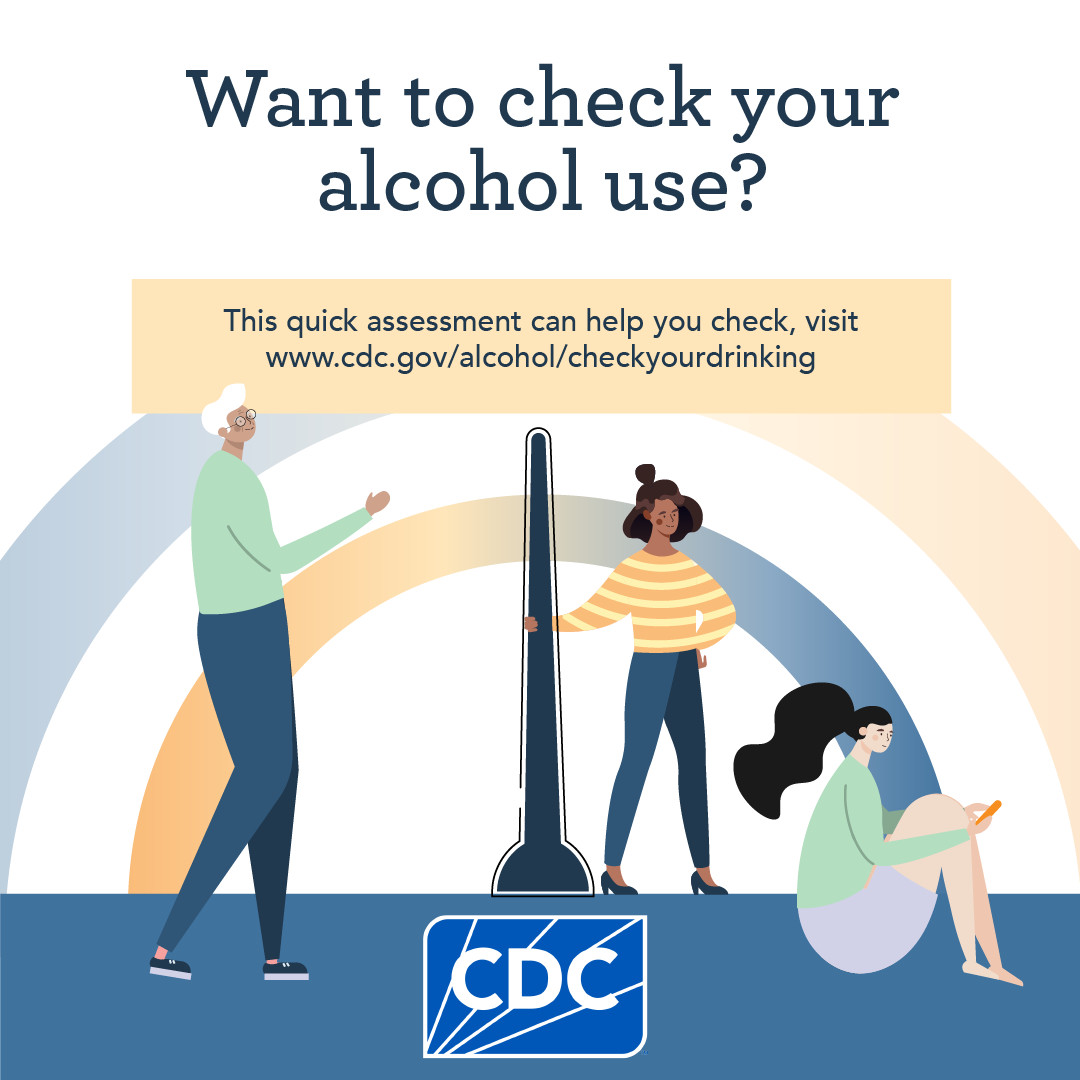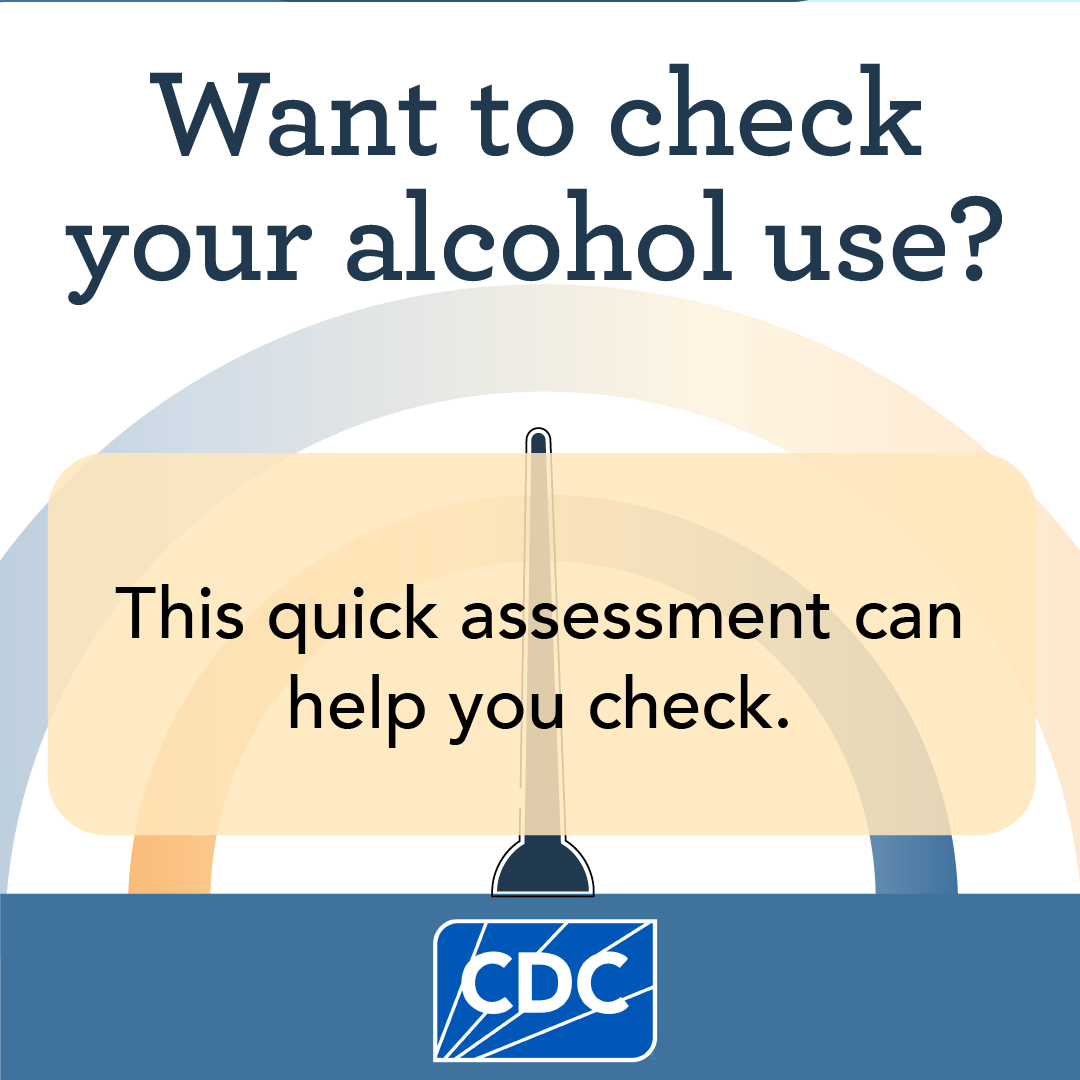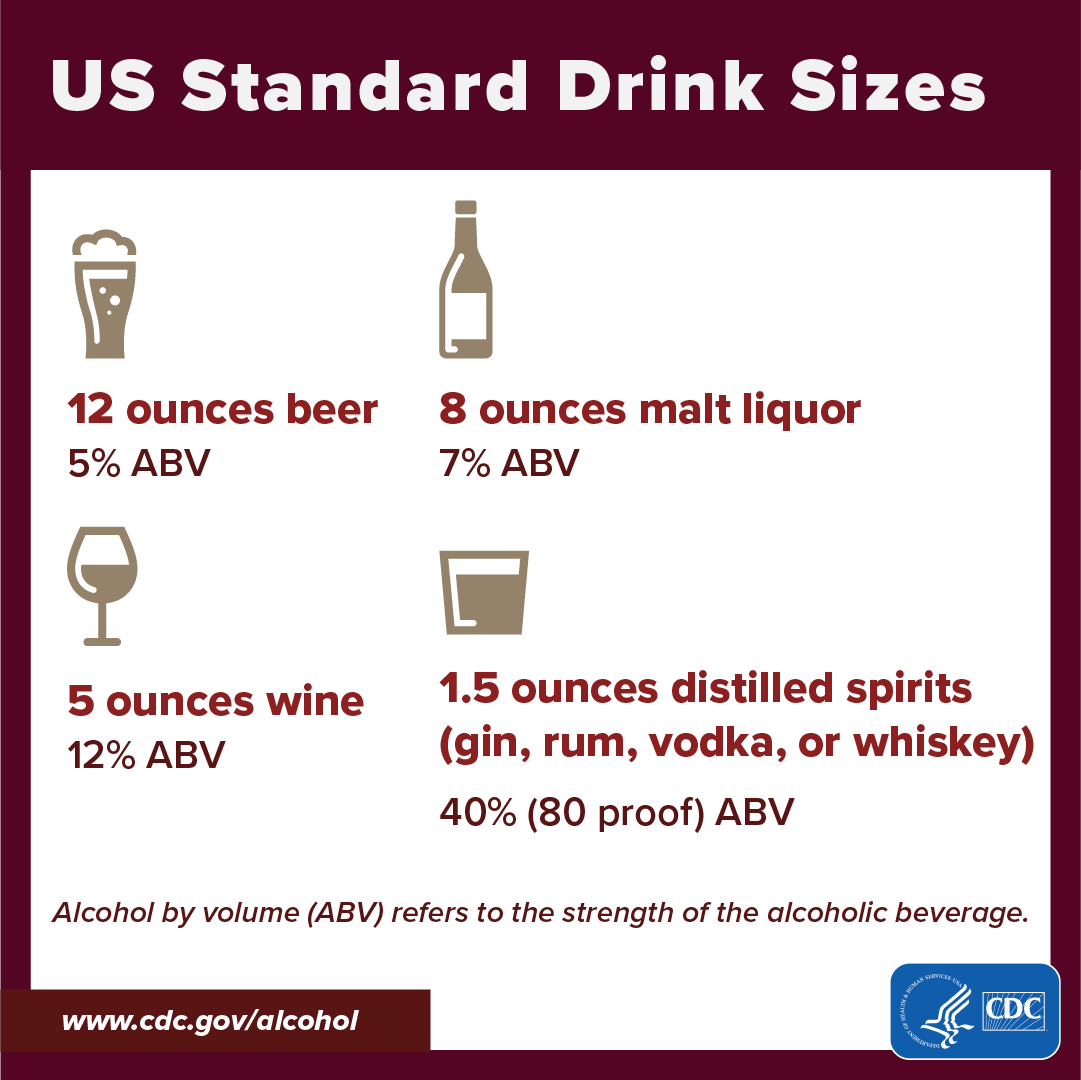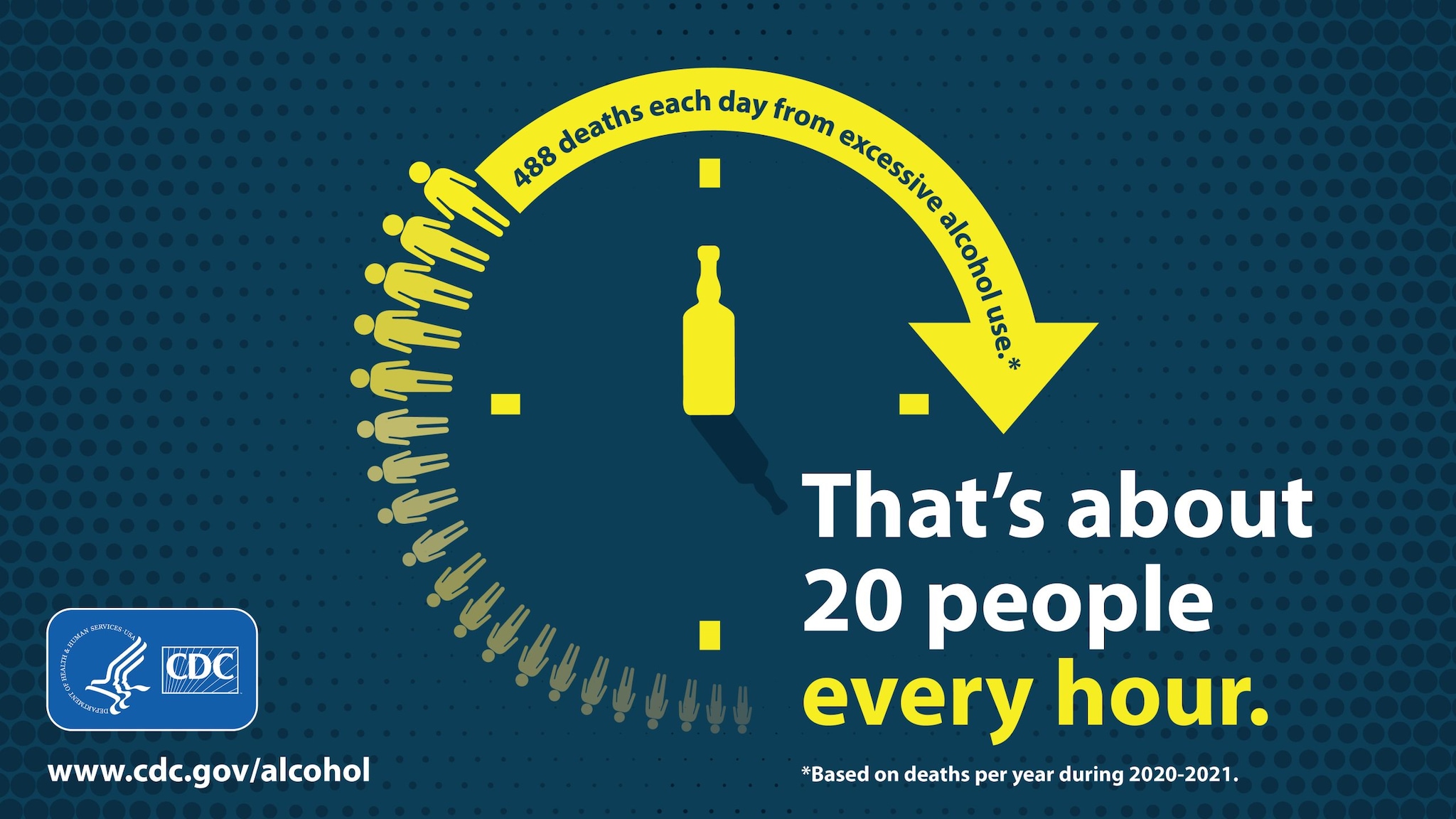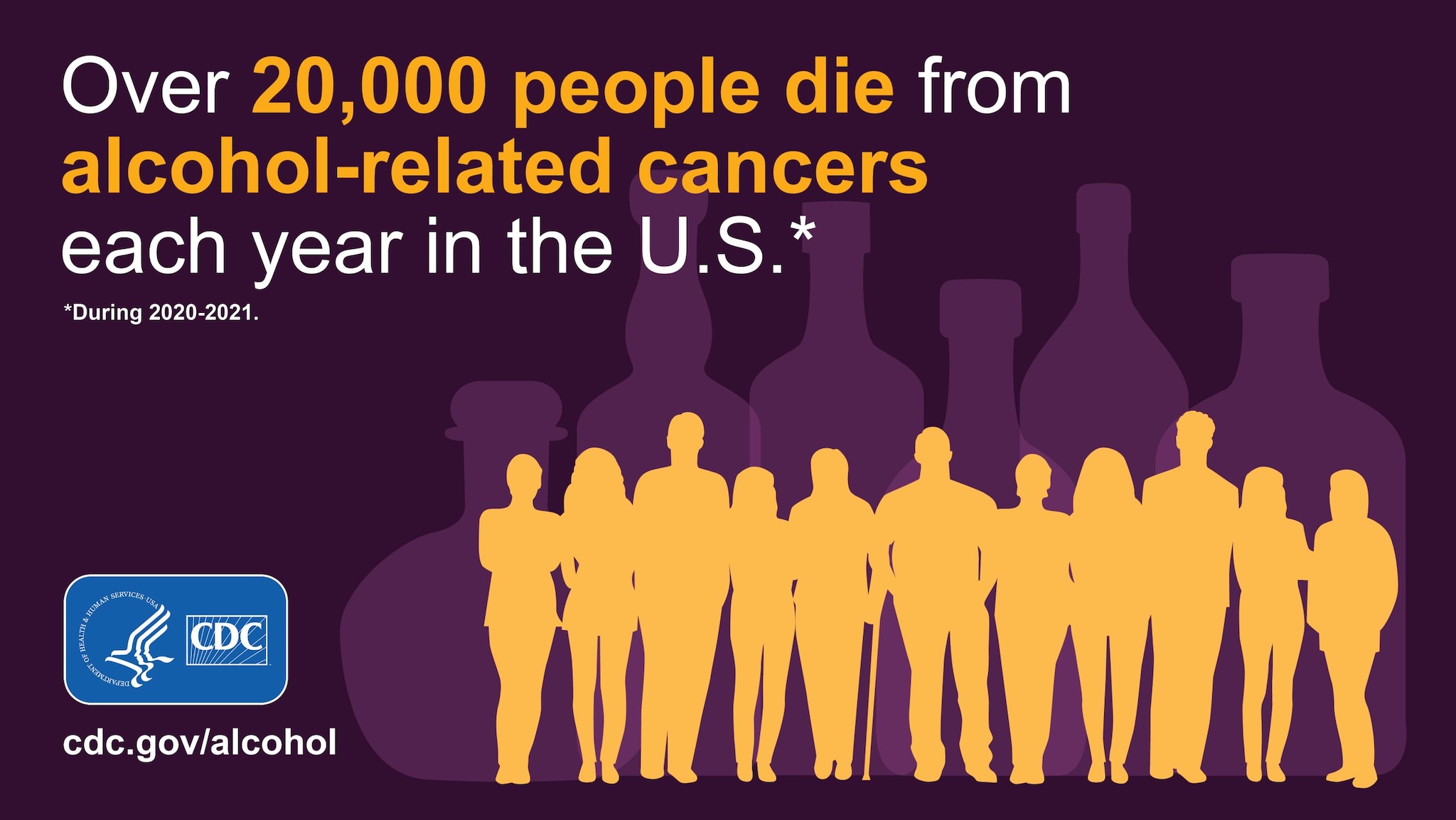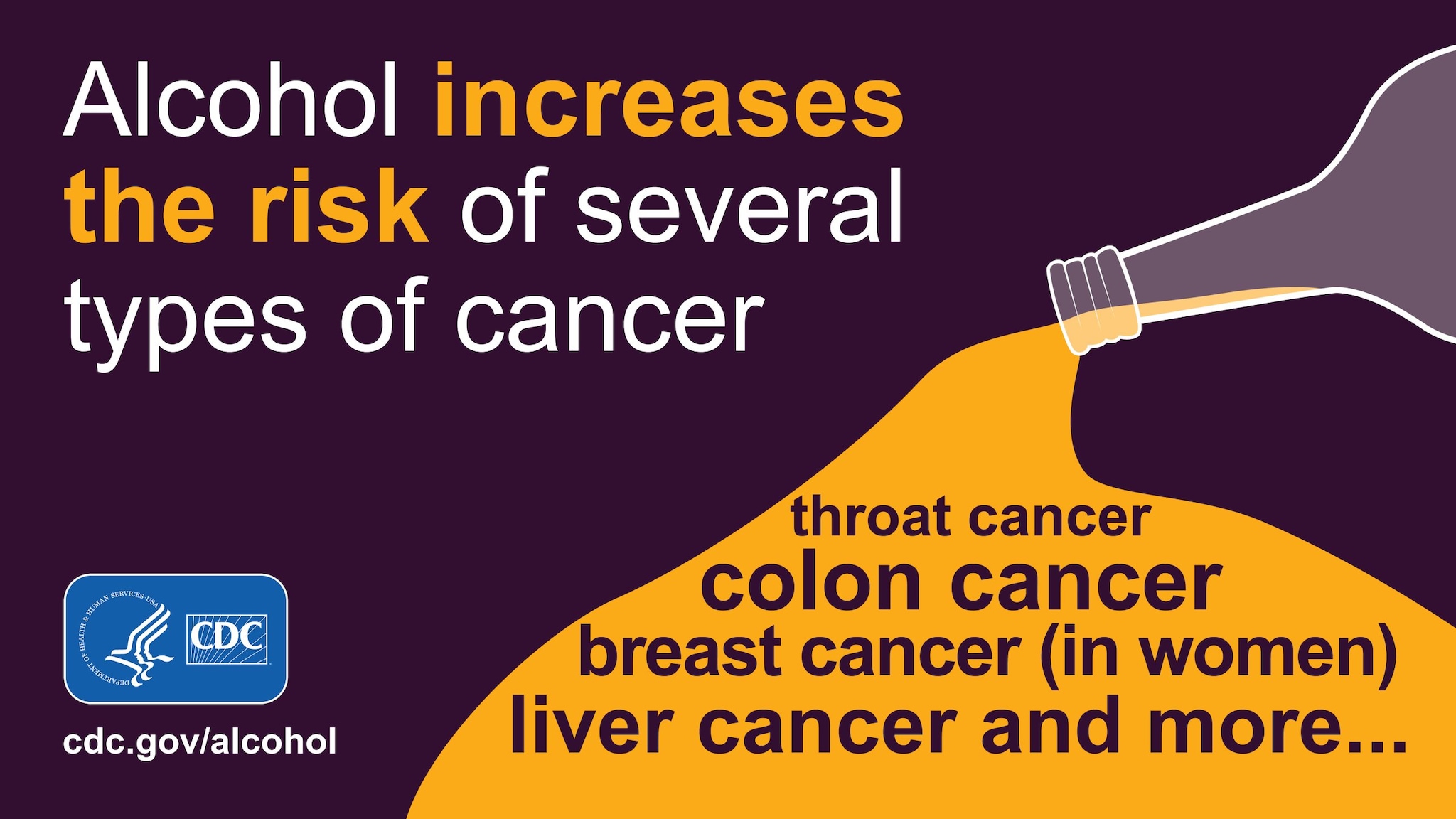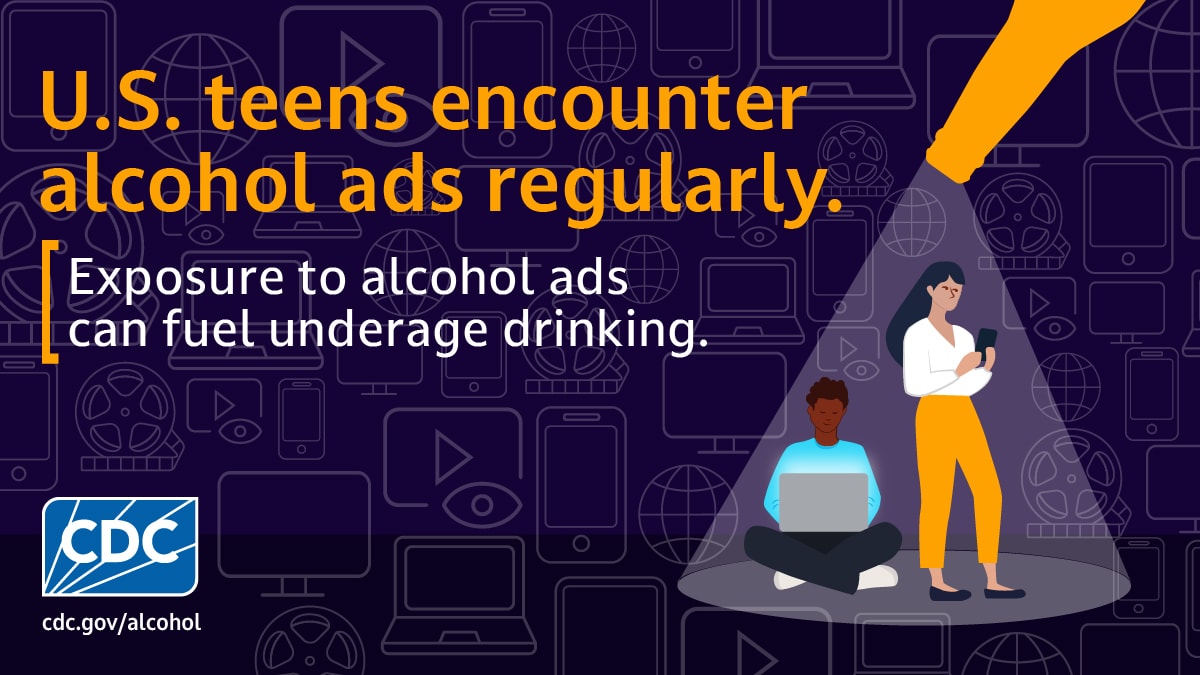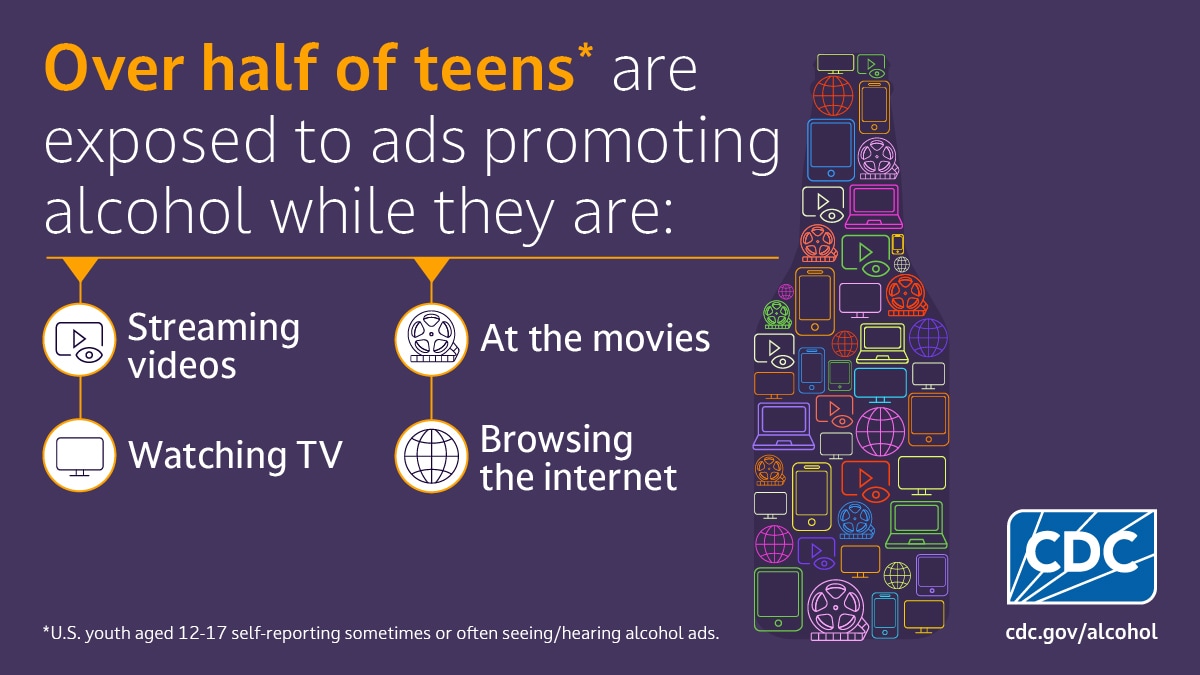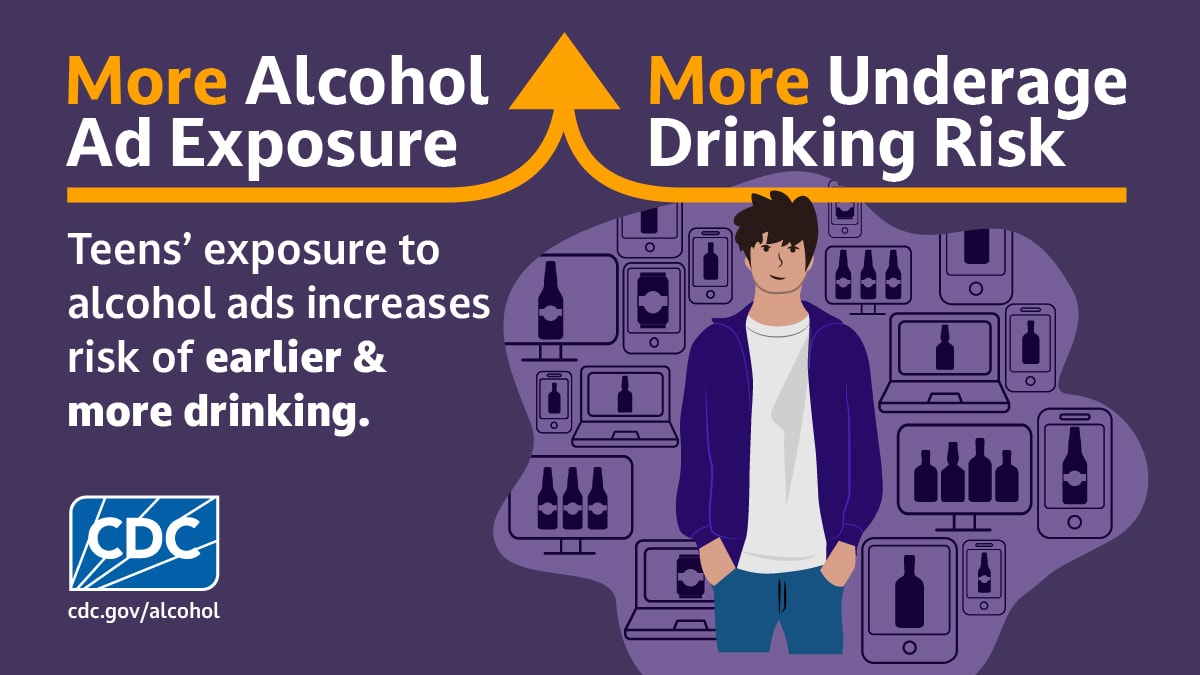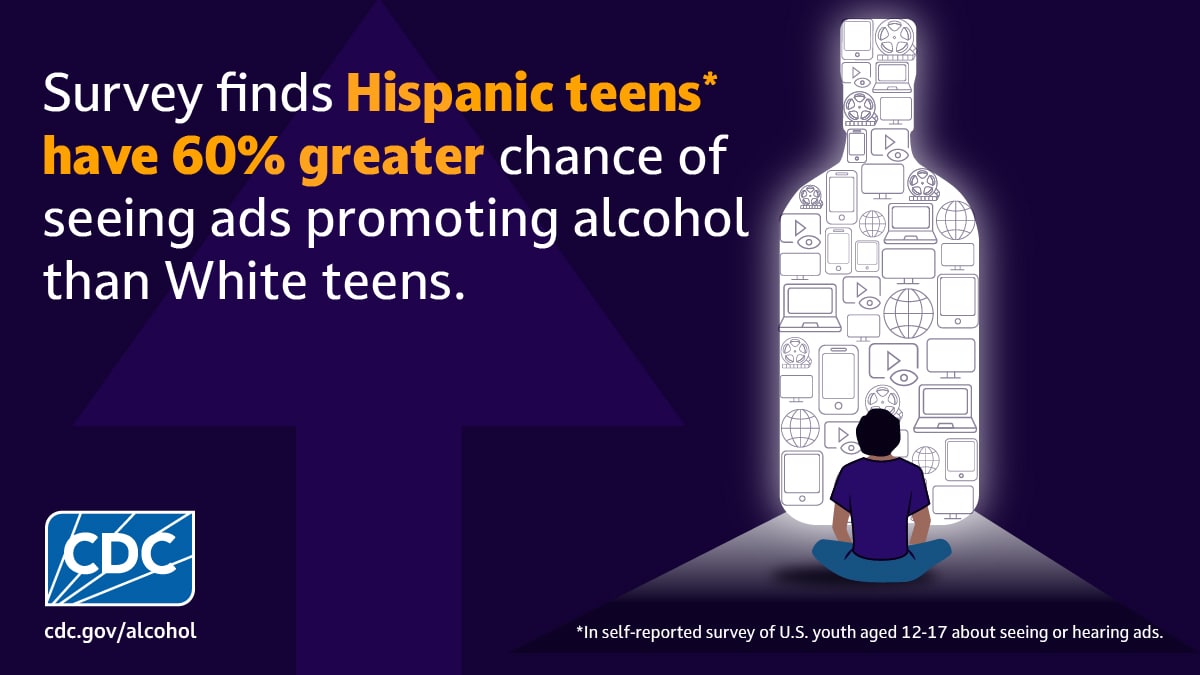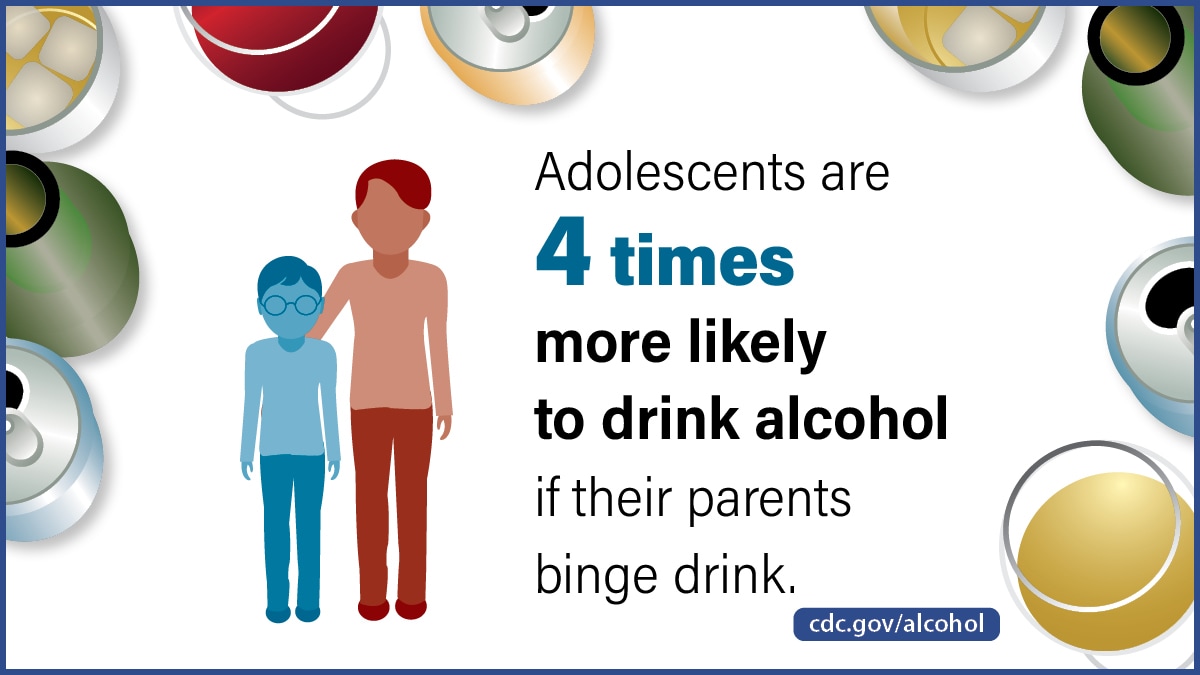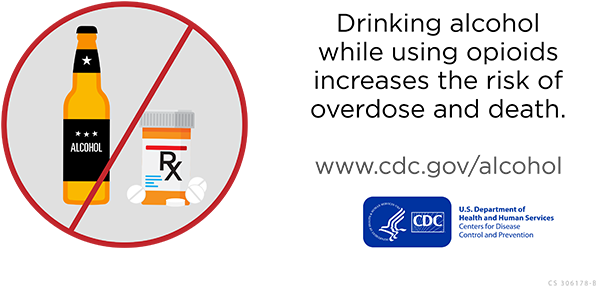CDC tools to check alcohol use
Click on "Download" to save images.
Take this quick assessment to check your alcohol use: www.cdc.gov/alcohol/checkyourdrinking.
Take this quick assessment to check your alcohol use: www.cdc.gov/alcohol/checkyourdrinking.
General alcohol use
Limiting alcohol in these ways improves health and well-being.
Know how much alcohol you drink using the U.S. standard drink sizes.
Most people who drink excessively are not dependent on alcohol.
A small number of U.S. adults drink a large amount of alcohol.
Excessive alcohol use has high costs to the U.S. economy.
Alcohol-related deaths
About 178,000 people die from excessive alcohol use each year.
Deaths from excessive alcohol use are on the rise in the U.S.
About 488 people die each day from excessive alcohol use.
About 20 people die every hour from excessive alcohol use.
Excessive alcohol use leads to 1 in 5 deaths among U.S. adults 20 to 49.
Alcohol-related health risks
Drinking less alcohol can lower cancer risk.
Alcohol use can increase the risk of cancer.
Drink less to lower the risk of cancer.
Alcohol poisoning is a life-threatening, medical emergency.
Underage drinking
Seeing alcohol ads can change how teens perceive drinking, making it seem more positive and normalizing it.
Most teens see alcohol ads in many common places.
The more alcohol advertising teens see, the more likely they are to start drinking or to binge drink.
Most teens see alcohol ads, but the chance of exposure isn't the same for all racial/ethnic groups.
Adolescents are more likely to drink alcohol if their parents binge drink.
Alcohol and other drug use
People who binge drink also use other substances.
People who binge drink are twice as likely to use other substances.
Many individuals who misuse prescription opioids also binge drink.
Avoid combining alcohol and opioids to prevent overdose and death.
Additional resources
Use these graphics to help motivate people to drink less for improved health and well-being.
Use these videos to spread awareness about how drinking less can improve health and well-being.

